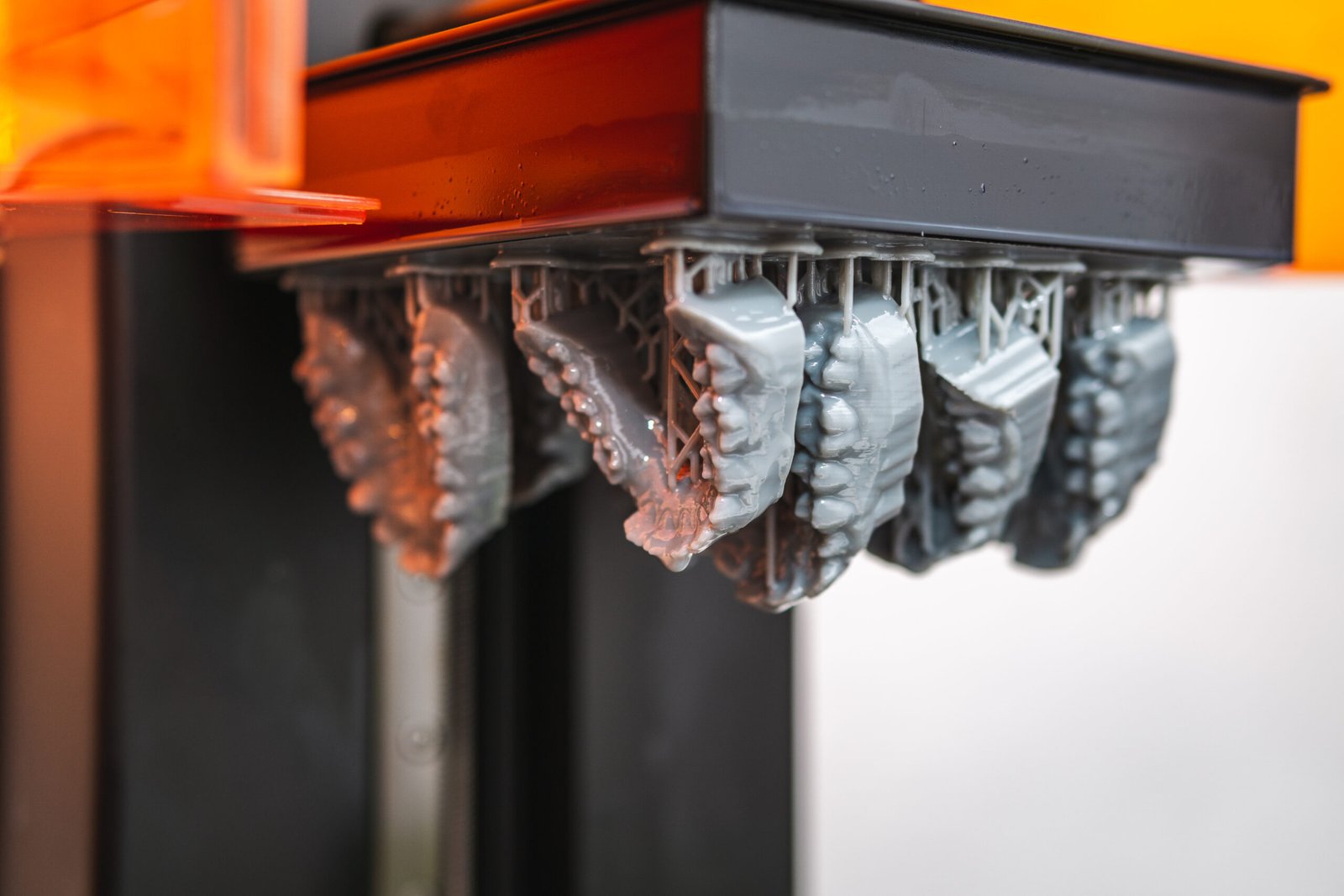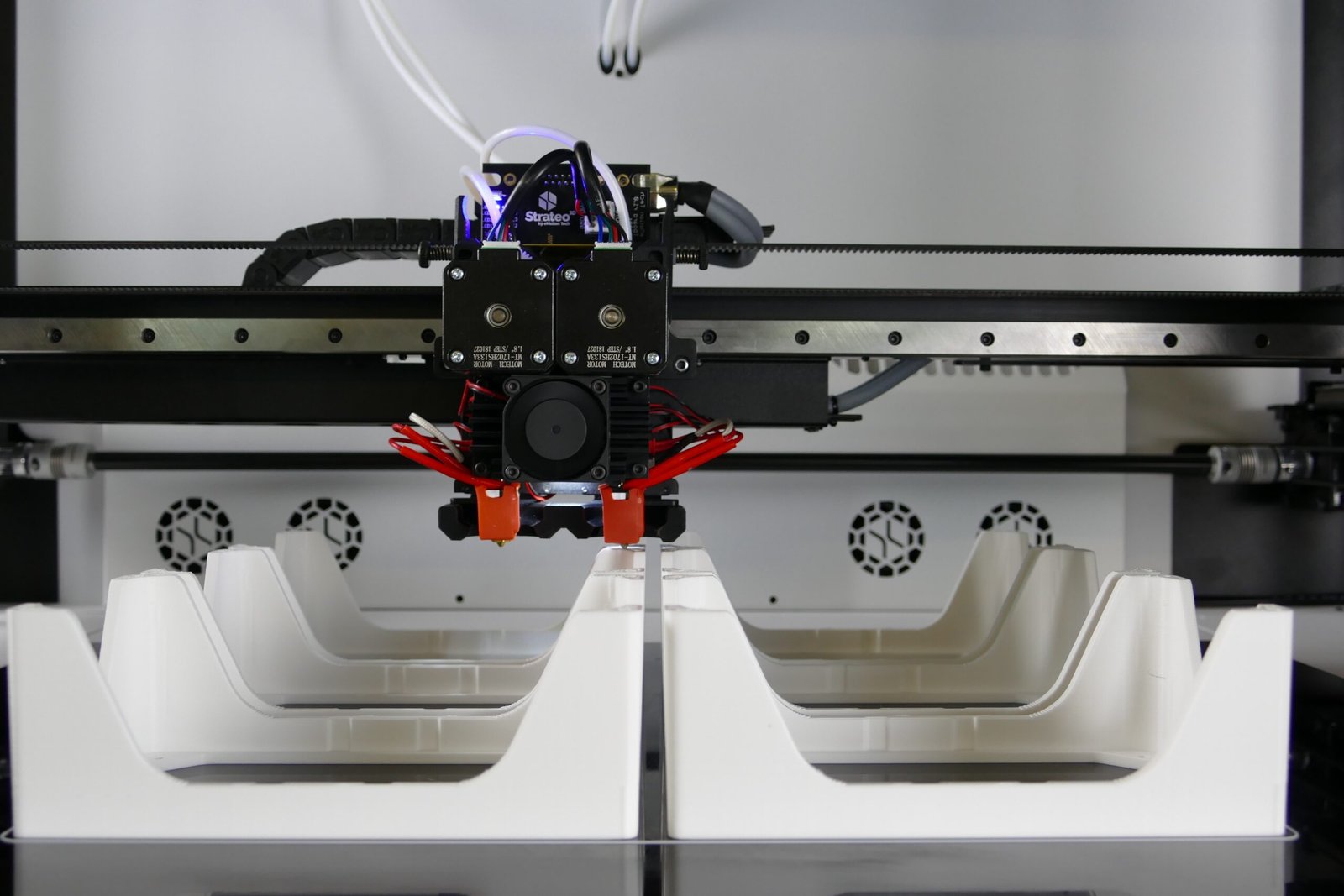The Future is Here: 3D Printing in Dentistry
When you think of 3D printing, dental care might not be the first thing that comes to mind. However, you may be surprised to learn that 3D printing has become incredibly common in the dental industry. From creating custom dental implants to crafting accurate dental models, this cutting-edge technology is revolutionizing how dentists work.
The Advantages of 3D Printing in Dentistry
Gone are the days of traditional dental impressions that involved messy putty and uncomfortable trays. With 3D printing, dentists can now utilize digital scanning technology to create precise and detailed dental models. This not only improves the accuracy of dental restorations but also reduces patient discomfort.
Furthermore, 3D printing allows for the creation of custom dental implants that perfectly fit a patient’s unique anatomy. This level of customization not only improves the aesthetic result but also enhances the functionality and longevity of the implant.
Applications of 3D Printing in Dentistry
One of the most common uses of 3D printing in dentistry is for creating surgical guides. These guides assist dentists in placing implants with utmost precision, reducing the risk of complications and ensuring optimal outcomes.
Additionally, 3D printing is invaluable in orthodontics. It enables the production of clear aligners, such as Invisalign, which are custom-made for each patient. This revolutionary approach to teeth straightening has gained immense popularity due to its effectiveness and virtually invisible appearance.
Unleashing Creativity with 3D Printing
Not only does 3D printing offer practical benefits, but it also allows dentists to unleash their creativity. With the ability to rapidly prototype and iterate designs, dental professionals can push the boundaries of what’s possible.
For example, dental laboratories can now create highly detailed dental crowns and bridges using 3D printers. These restorations can mimic the natural appearance of teeth with remarkable accuracy, giving patients a seamless smile.
Embracing the Future of Dentistry
As 3D printing technology continues to advance, its applications in the dental industry are only expected to grow. From personalized dentures to biocompatible surgical tools, the possibilities are virtually endless.
It is important for both dental professionals and patients to understand the potential of 3D printing in dentistry. By harnessing this cutting-edge technology, dentists can provide better outcomes and patients can experience improved dental care.
Conclusion
While 3D printing may still seem like science fiction to some, it has become an integral part of the dental industry. With its ability to enhance accuracy, customization, and creativity, 3D printing is transforming the way dentists approach patient care. So, the next time you visit your dentist, don’t be surprised if 3D printing is behind your picture-perfect smile!

